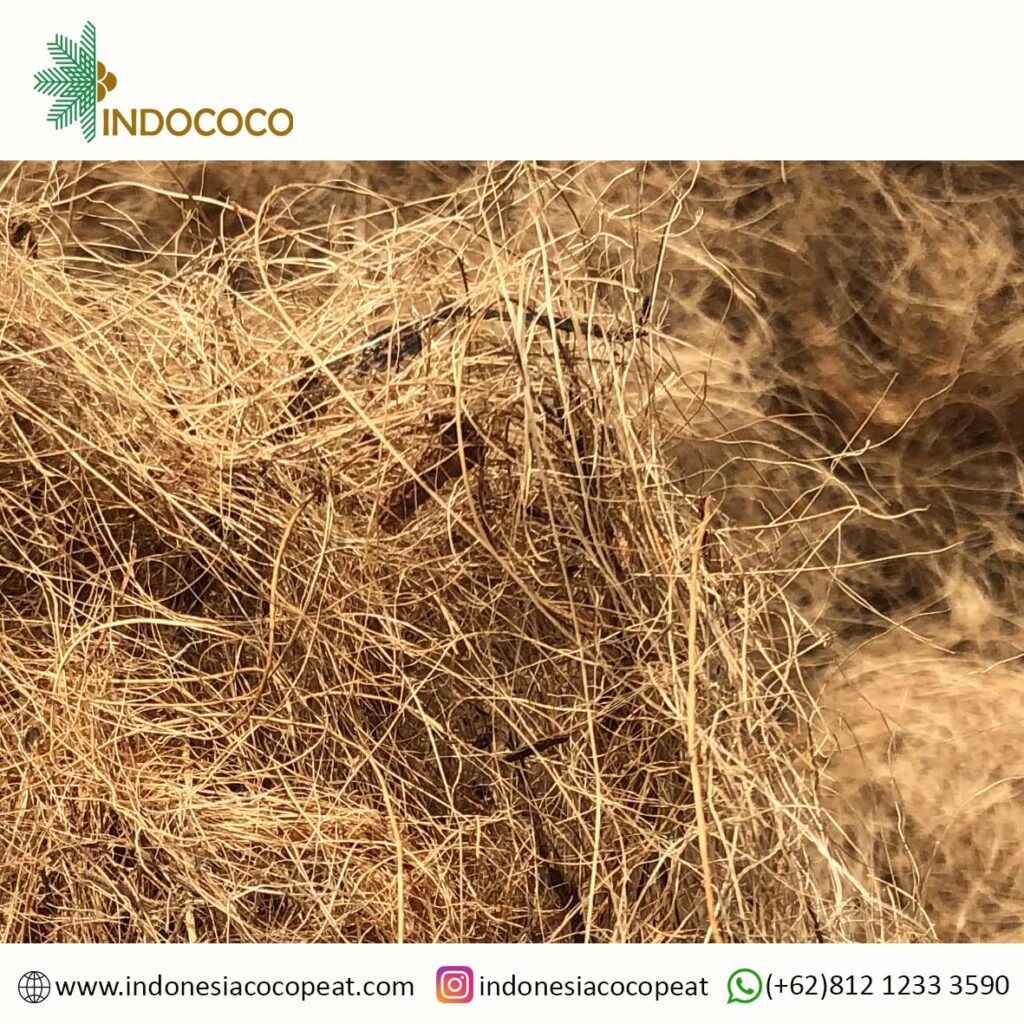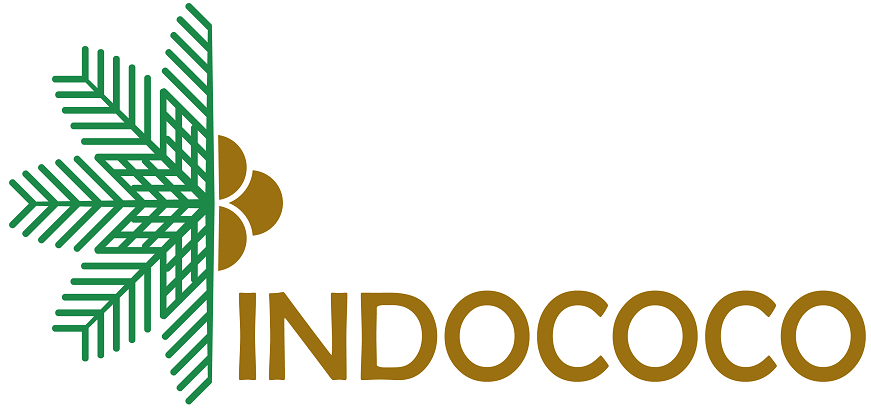
Coconuts are utilized in tropical areas for their pulp and milk, as well as coconut fiber as building material. Coco mats and brushes have traditionally been manufactured from the hard, the husk, and hairy shell. The department of Biobased Products at Wageningen UR found that sustainable manufacturing of board material from the husk was also viable since the husk contains a lot of lignin, which functions as a natural glue.
Biobased Goods at Wageningen UR has devised a method for producing high-quality board material from coconut husks. The process for creating boards is not new. The difference between this and other production processes is that the husk is treated entirely naturally into soft boards or other shapes. This method does not necessitate the use of glue as well as chemical binders. The process for producing board material using coconut trash was developed in collaboration with Philippine institutes.
Coconut Strands
The husk of such a coconut is made up of 30% coconut fibers and 70% meat. These are sorted from one another, and the fibers are then used to make traditional goods such as mats and brushes. The flesh has a high concentration of lignin, a chemical found within ligneous cell walls. That is appropriate as an adhesive for coconut fibers when melted.
For the creation of boards, the husk of such coconut is separated. The husk is divided into small pieces then pressed into boards under high pressure. In terms of qualities such as durability and fire safety, the resulting board material (named ecoco boards) is equivalent to or stronger than medium density fiberboard (MDF).
Environmentally Friendly and Long-Lasting
There are several advantages of using coconut fiber as building material or board material:
- The process is ecologically benign and sustainable. The coconut’s leftover substance is utilized in its entirety. It is an excellent alternative to woods and aids in the prevention of deforestation. Glue as well as chemical agents are not required during manufacture. Furthermore, the manufacturer emits no CO2.
- It is reasonably priced. The glue that must be applied when making boards from wood fiber accounts for one-third of the overall production expenses. Coconut husk does not require glue to be processed into board material.
- It can provide additional money to farmers in poor nations.
Countries that Produce Coconuts
The coconut husk board material may be utilized for a variety of purposes, including wallboards, frames, and similar items in the building industry. The material is aimed at both local customers and international markets, such as the furniture sector. The study is supported by the Common Fund for Commodities (CFC), a 100-country joint organization that promotes and aids agricultural operations.
Biobased Products is actively researching large-scale manufacturing possibilities. To that purpose, a manufacturing plant is being built. The goal is to transfer technology and knowledge to nations that produce coconuts, such as Sri Lanka, the Philippines, India, and Indonesia. Coconut fiber as building material actually gives a lot of benefits and uses for building and construction material. As mentioned in this article, there are various benefits of coconut fiber for our daily life.
If you interest to know more information about coconut fiber and other coconut derivative products, you can visit our website, You can also click link WhatsApp here to connect directly with us.
